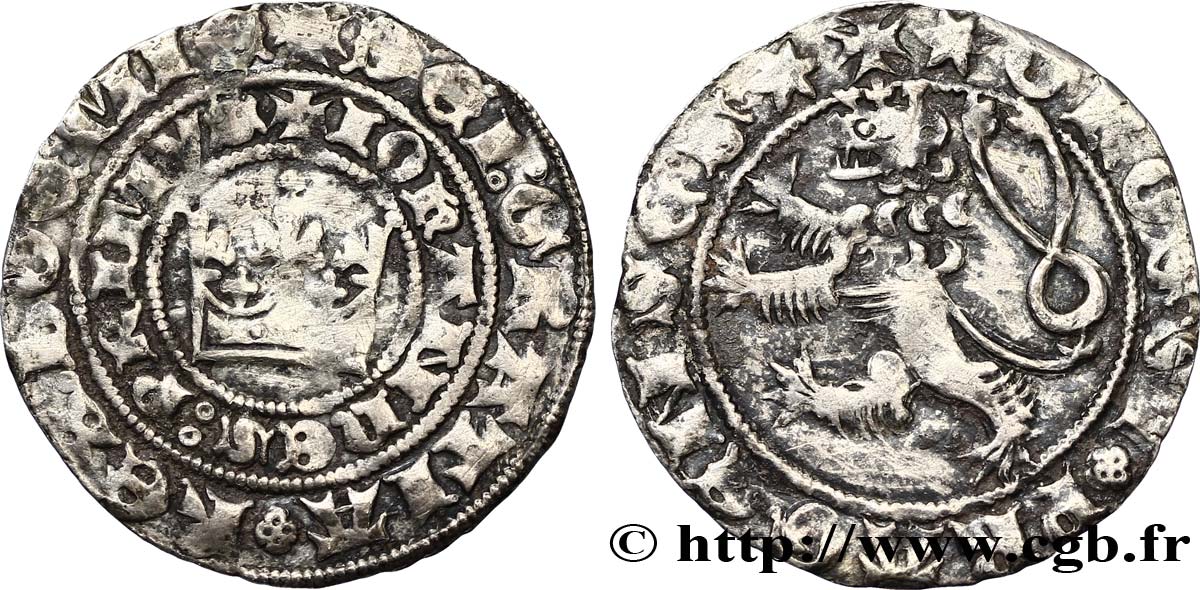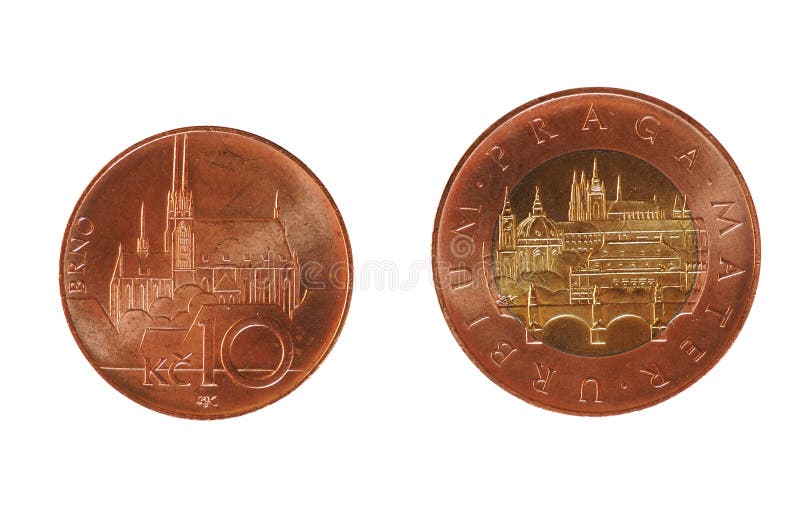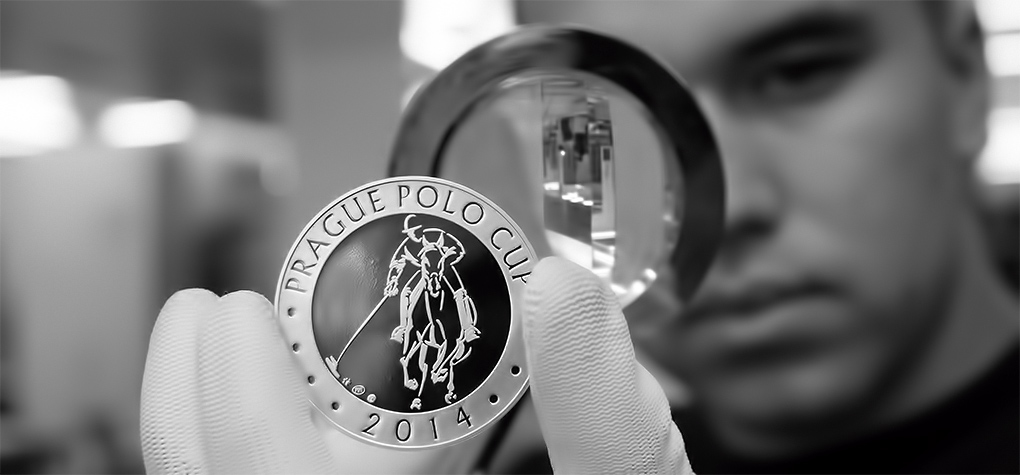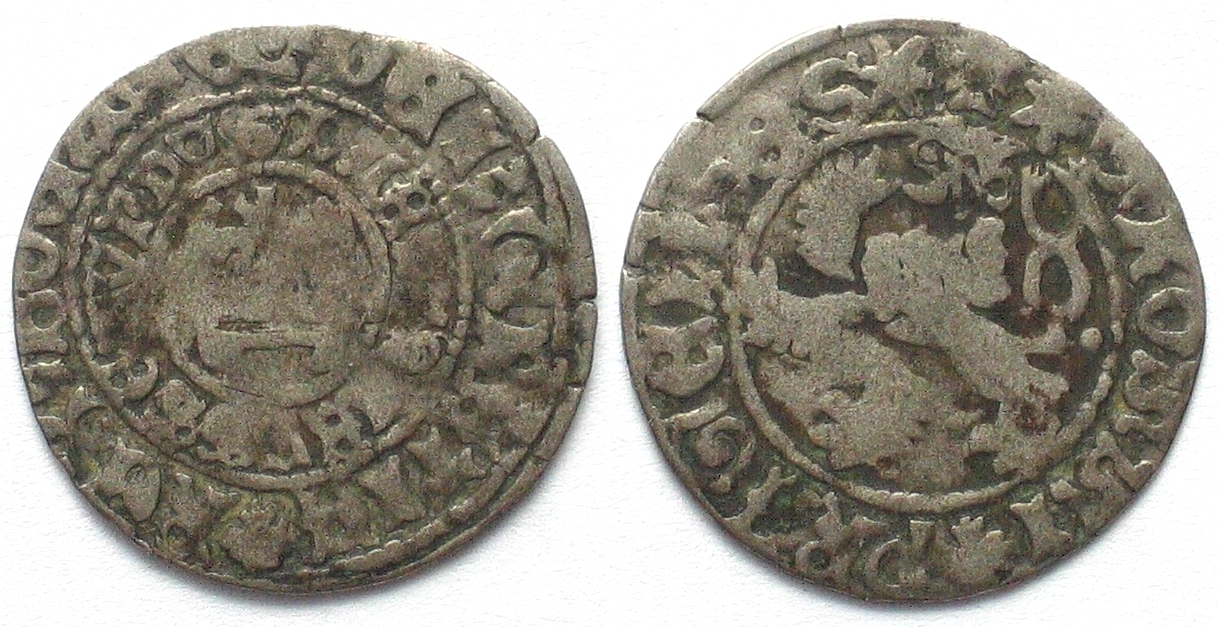Great Facts On Quality Control Czechoslovakia Medals
Wiki Article
Why And How Is A Model Made Of Plaster Converted Into A Digital 3d Version For Gold Coins Or Gold Medals?
The process of scanning requires special equipment to capture the plaster maquette in digital format. This digital replica serves many reasons during the manufacturing process.
3D Scanning Technique: High-resolution 3D scanners are able to capture dimensions and details on the plaster models. They employ a variety of techniques such as laser scanning and structured light to record precise dimensions and geometrical shapes.
The scanner emits beams of lasers or light to the models' surface. The scanner tracks the distortions and reflections these beams cause, thus taking in surface information.
Data Collection. As the scanner moves on the plaster, it collects many data points. The outcome is a digital picture of the model’s shape contours, details, or contours.
Conversion into 3D Model. Specialized software reconstructs information from the collected information into a 3D model. This model replicates the physical properties and dimensions of a maquette made of plaster.
There are a variety of reasons to make 3D digital models
Digital 3D models are accurate in reproducing the dimensions and specifics of real models. This ensures that the final gold coins and medals will match the design.
Making it easier to modify models- Digital models can be easily modified or refined. Designers are able to alter the 3D model and not alter the maquette in its original form.
Compatible with Manufacturing Processes: Digital 3D models can be used with various manufacturing methods, such as CNC machining and 3D printing. This allows for the rapid creation of molds and dies.
Digital 3D model archives and documentation Digital models are preserved as records of the design. They can be digitally archived to serve as future references, reproductions, and historic documentation.
By scanning a plaster model and creating an accurate digital 3D replica, manufacturers and designers can simplify production, improve accuracy, and utilize modern manufacturing techniques to make gold coins or medals with precision. Have a look at the most popular Scanning and 3D Modeling Prague Mint gold coins website advice. including american eagle gold coin 1 oz, gold and bullion, 100 grams gold biscuit, gold and coin shops near me, buy gold biscuits from bank, michael phelps medal, gold coin with angel on both sides, kruger rand, 50 dollar gold coin, 24 karat gold coin and more.

How Do Skilled Engravers Improve The Design Of Gold Coins And Medals?
Highly skilled engravers are essential to the perfection and improvement of the design on gold coins or medals. They work on the hub that works or die. They can also add fine details and refine the design by applying their expertise. How did they achieve this? Evaluation of Working Hub
Engravers first examine the die or hub made from the original hub by Janvier. They examine the transfer's quality and depth.
Correction of imperfections
Engravers can address any flaws or inconsistencies in the transfered design. They can use precision tools to fix minor mistakes, adjust depths or refine specific elements in order to ensure consistency and accuracy.
Enhancing Details
Engravers can provide fine specifics to a design by with special equipment for engraving such as burins or pneumatic engraving machine. The engravers cut the surface of the working hub to create intricate patterns, textures, words and intricate designs required by the style.
Depth and Dimensional Enhancement-
Engravers manipulate design depths and shapes to give visual depth. This process involves carefully changing the depths of the design to create realistic or texture.
Texture and Finishing touches-
Engravers can provide an appearance or texture to certain parts of a design in order for it look more attractive. To achieve different surface textures techniques such as stippling, frosting or shading can be used.
Quality Control and InspecQuality Control and Inspection
Engravers will conduct many checks and inspections during the engraving process to ensure that their engraved designs meet the requirements of accuracy and clarity.
Collaboration and artistic interpretation
Engravers are often in close collaboration with artists or designers to understand the design in a precise manner. Their creativity and artistic ability can elevate the design by adding subtle nuances or refining details based on artistic vision.
Highly skilled engravers can manipulate metal surfaces using accuracy and skill. Their attention to detail and meticulous work enhances the look of medals or gold coins and ensures that the final product reflects intended aesthetics and high quality standards. View the recommended Prague Mint gold coin engravers site advice. including 100 gm gold biscuit, silver price jm bullion, kruger rand, 20 dollar coin, silver price jm bullion, old coins, 100 gm gold biscuit, five dollar gold piece, gold morgan dollar, 1933 double eagle and more.

How And Why Are High-Quality Gold Blanks Weigh And Measured Before Being Prepared For The Minting Process?
To ensure consistency and accuracy of gold awards or coins High-quality blanks have to be carefully prepared prior to the minting procedure. Process of preparation: Gold Material Select - For the creation of blanks the most pure metal is chosen. Gold is refined until it reaches the standard of purity required for coinage.
Gold Blank Production - The gold is made into blanks using the process of blanking, also known as blank-cutting. Blanking involves the cutting of discs and planchets that are coins in size, made from gold with specialized machinery.
Precision Weighting and Measuring
Weighing Every blank is weighed individually to ensure that it meets the specified requirements for the coin. This process ensures that every piece has the exact amount of gold needed for each denomination.
Measuring - To ensure uniformity for uniformity, the thickness, diameter overall dimensions, as well as design specifications are observed each piece of paper is measured with precision instruments.
Inspection and quality control
Visual Inspection- Each blank undergoes visual inspection to detect surface imperfections, irregularities, or other impurities that may affect the final product's quality.
Rejecting Blanks That Are Not Compliant- Blanks are rejected if they don't meet the weight, size, or any other quality requirements. This is done in order to maintain the uniformity and uniformity.
The Motives for Preparing
Consistency in Minting Process- Precisely weighed and measured blanks ensure consistency in the process of minting. Consistency in weight and dimensions results in uniformly struck making medals or coins with the same quality and value.
Accurate Gold Content- Each blank's weight is precisely calculated to ensure that the final coin or medal is filled with the right amount of gold, ensuring high-quality and precision in value.
Preventing Variations - Uniform blanks are free of variations in weight and size, which can affect the value of the medal or coin as well as its legality or capability to be utilized in circulation or commerce.
Quality Assurance – Strict quality controls during blank preparation ensure that only high-quality blanks and free of imperfections are used during the minting process. This minimizes the risk of flaws being present in the final product.
Legal Compliance. It is essential to ensure that every coin, regardless of whether they are used for the purpose of circulation or to commemorate, meet the legal standards and requirements stipulated by regulatory agencies or mints.
In order to produce precise, high-value, and legally compliant coins or medals, it's vital that gold blanks are created with precision and consistency. Follow the top rated gold blanks for Prague Mint gold coins website tips including gold price jm bullion, buy gold bars from bank, sell gold silver near me, oz gold bars, silver double eagle coin, gold silver bullion, american eagle gold coin 1 oz, gold bullion price, sacagawea gold dollar, gold biscuit buy and more.

How Do You Create The Antique Appearance Of Some Gold Medals Or Coins?
There are many reasons to do this, such as aesthetic preferences, historical importance, or collector's demands the gold medals and coins are able to be reprocessed to create an aged or antique appearance. What is the process and how is it done?
Chemical Patination - The surface of the coin is sprayed with acids or solutions that produce patina. These solutions may result in an even tone or oxidation that gives an appearance of age or antique. This process highlights particulars and adds depth to a design.
Artificial Aging The use of chemical or mechanical techniques can be used to mimic the natural wear that occurs with time. Abrasive tool or treatments are employed to create scratches and worn areas.
Toning or Staining- Specialized solutions or heat treatments are utilized to tone or stain the surface, resulting in varying shades or hues. This method can mimic the discoloration, toning, and fade that occurs naturally over time.
Buffing and Polishing Techniques - Certain parts of the body are dealt by selective buffing and polishing to remove the surface layer or highlight layer, creating contrast to create an aged look.
There are a variety of reasons to make an antique appearance
Visual appeal- Some coin collectors and enthusiasts prefer coins with a vintage appearance. The aged look adds character, depth, and uniqueness to the design, making it visually appealing.
Historical or Commemorative Value - Coins and Medals which commemorate historical events or period may be worn down to convey a sense or authenticity, or to mimic coins from a particular time.
Antique coins or medals can be more sought-after. This is because collectors look for exclusive or limited edition pieces. The appearance of their aging can increase the value of collectibles.
Highlighting Details - The effects of ageing can reveal the finer details in a design. By creating contrasts between raised and receded zones, the elements of the design become more prominent and visible.
Artistic Expression Minting experts or artists can utilize aging techniques to create art forms, adding depth, storytelling or symbolic appearance.
It's an intentional art decision to give gold coins and medals an antique look. It could bring back memories, increase the appeal, or give the sense of history. It is important to ensure that the aesthetics are balanced with maintaining the coin's intrinsic value and authenticity. Have a look at the best antique finish of Prague Mint gold medals site advice. including gold coins for sale near me, gold coin store near me, gold bars for sale near me, gold price jm bullion, $50 gold piece, double eagles, 1 ounce gold, congressional gold medal, chinese gold coins, 1 oz gold buffalo coin and more.
